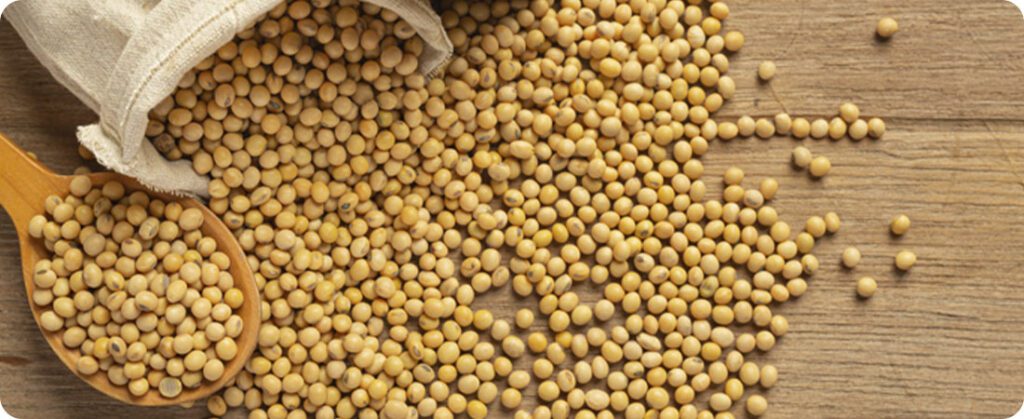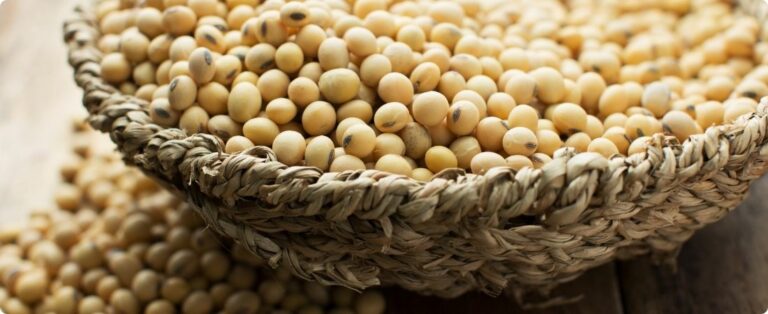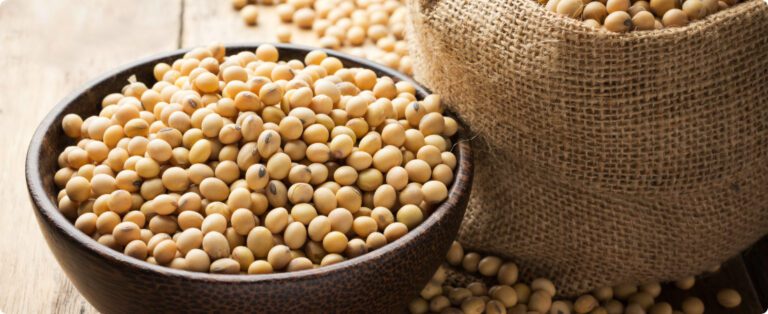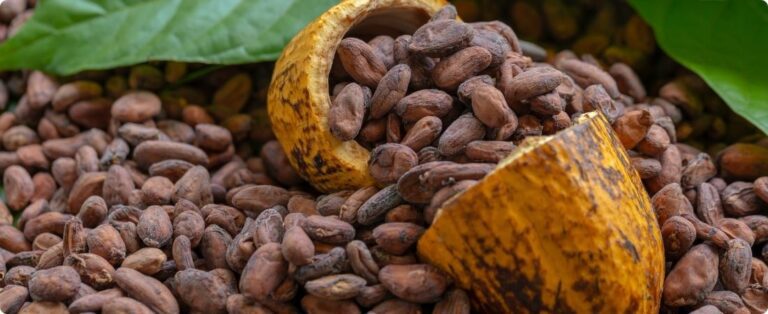
The prices of soy in Brazil, prices rose over the last week, driven by the appreciation of the exchange rate, which reached peaks of R$ 5.70 per dollar, close to historical records. According to the International Center for Economic Analysis and Agricultural Market Studies (CEEMA), the average price in Rio Grande do Sul closed at R$ 125.82 per bag, with local negotiations varying between R$ 126 and R$ 129. In other regions of the country, prices fluctuated between R$ 124 and R$ 142 per bag, reflecting both market expectations and exchange rate influence.
CEEMA warns that if the exchange rate drops to between R$ 5.00 and R$ 5.20 per dollar during the Rio Grande do Sul harvest in March/April 2025, the price per bag could fall to a range between R$ 89 and R$ 93. However, if the dollar remains valued at around R$ 5.40, and the international price of soybeans remains close to the current US$ 9.70 per bushel, the price per bag could reach R$ 103. “Although an exchange rate devaluation could raise prices, production costs also increase, which compromises the producer's profit margin,” the report highlights.
Tight margins and high costs worry the sector
The study also highlights the difficulties faced by farmers, especially in Mato Grosso, which is the largest soybean producer in Brazil. In this sense, the Mato Grosso Institute of Agricultural Economics (Imea) projects a production cost of R$7,118.38 per hectare in the 2024/25 harvest. On the other hand, the estimated revenue for the period is R$6,507.98 per hectare. Therefore, with these values, a deficit of R$610.40 per hectare is expected, considering an average productivity of 57 bags per hectare.
“This is a situation that is repeated in several regions of the country,” warns CEEMA. Therefore, the entity reinforces that, in order to mitigate losses, producers need to adopt efficient cost and marketing management, taking advantage of favorable market windows whenever possible.
Crop and crushing prospects raise export projections
Brazilian soybean production is expected to reach between 165 and 172 million tons in 2025, according to preliminary data from Safras & Mercado. If confirmed, this volume could increase total supply of the oilseed by 11% compared to the previous year. This would also increase final stocks by 181%, reaching 9.2 million tons.
In the crushing sector, 55.5 million tons of soybeans are expected to be processed in 2025. Meal production could reach 42.7 million tons. This volume represents an increase of 2% compared to the previous year. Soybean oil is expected to reach 11.1 million tons, with 6 million destined for biodiesel production, according to CEEMA. Despite this increase, stocks of the by-product are expected to fall by 35%, to 275 thousand tons.
Planting delayed, but rainfall returning to normal
The CEEMA report also highlights the slow pace of sowing for the current crop. As of October 17, only 18% of the expected area had been planted, compared to 30% in the same period last year, according to AgRural. However, the regularization of the rainfall regime in the Central-West, Southeast and North/Northeast regions in October brings relief to producers. With the return of rains, planting in the affected areas should accelerate in the coming weeks.
Source: Aline Merladete | agrolink















